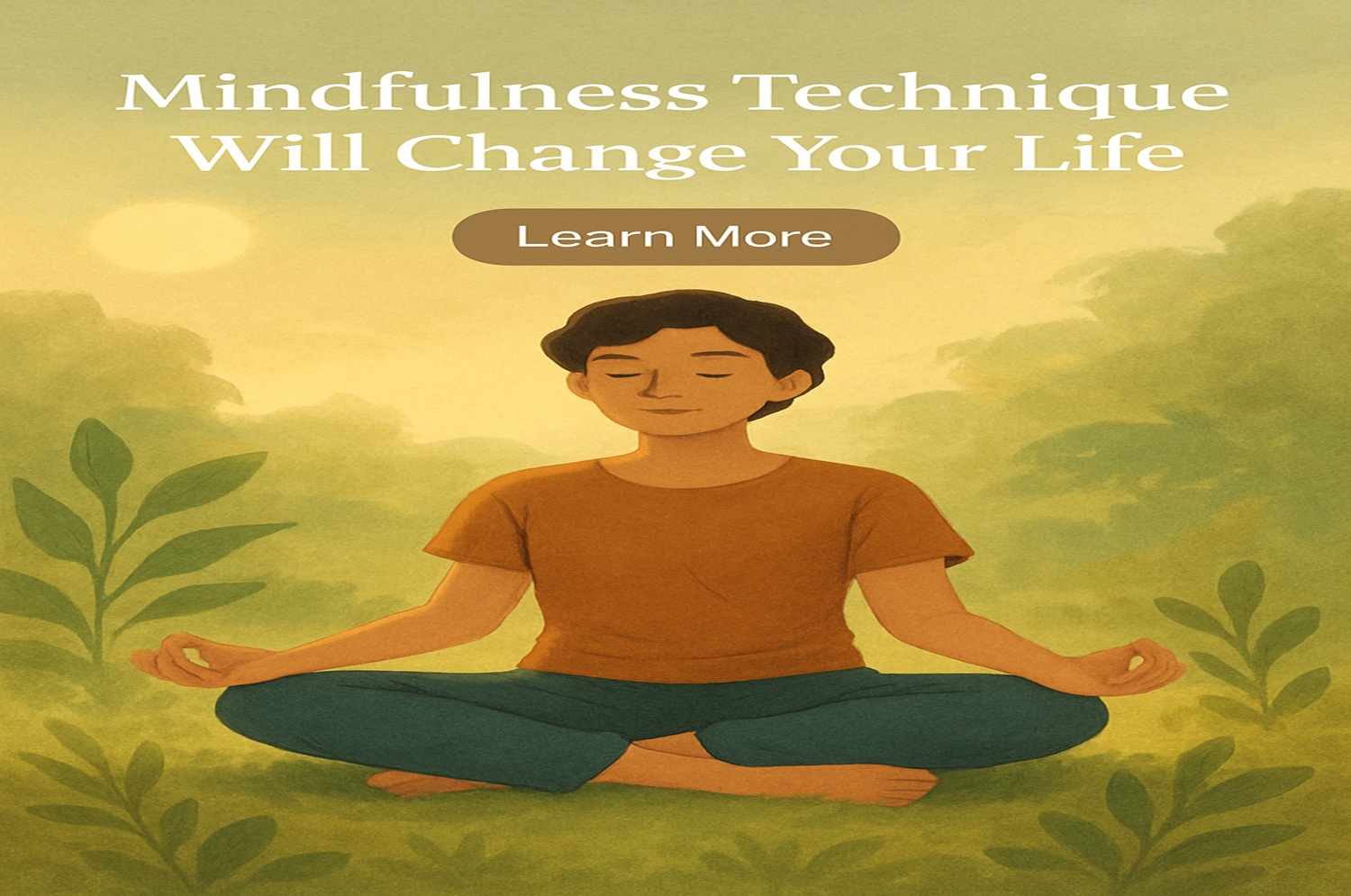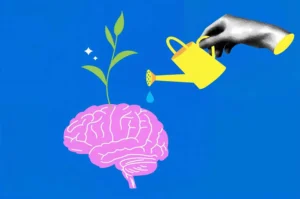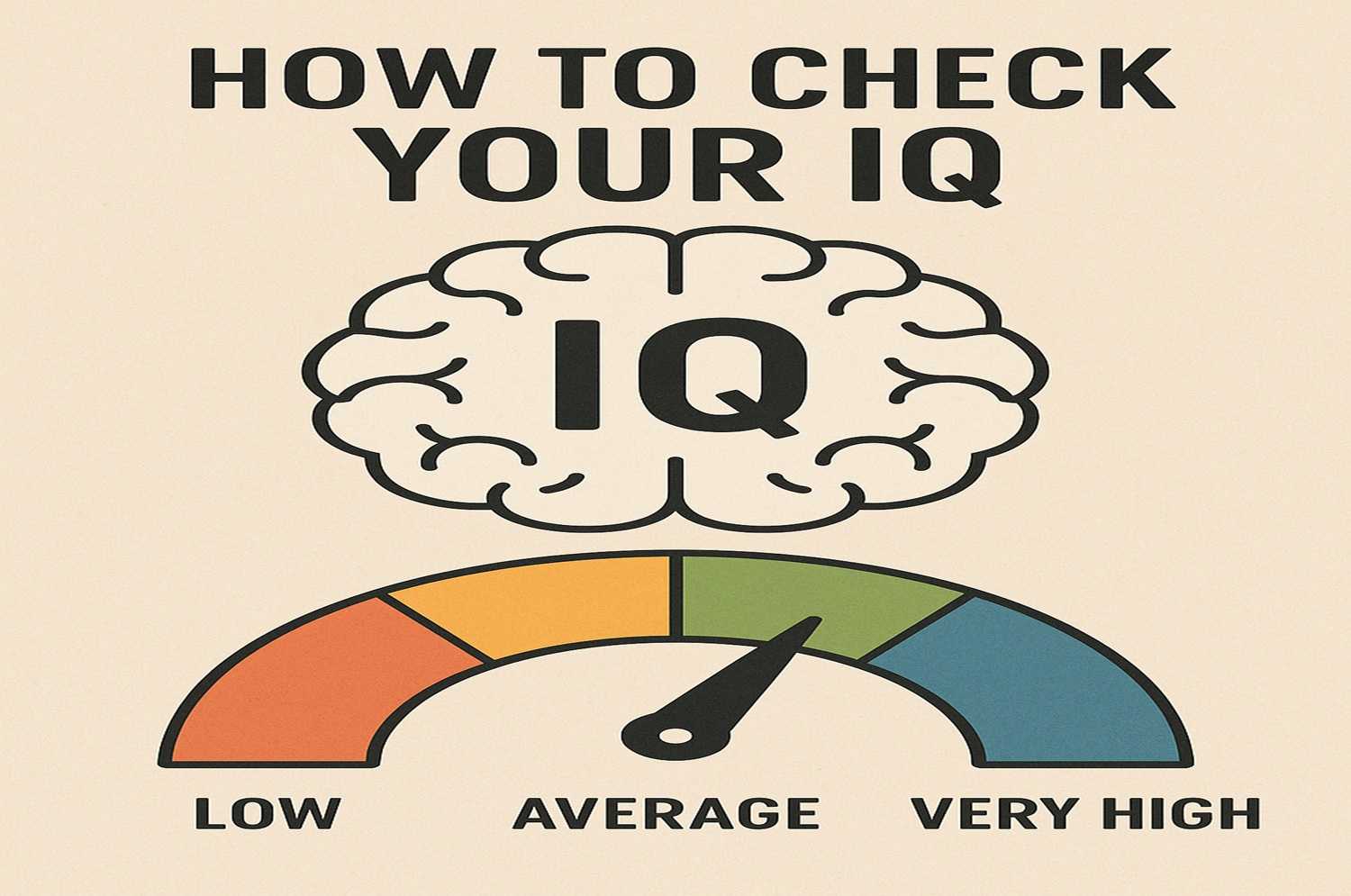Feeling overwhelmed, distracted, or emotionally drained? Mindfulness could be the missing link. In this guide, you’ll explore beginner-friendly techniques that can dramatically improve your mental clarity, emotional balance, and overall well-being—no spiritual background required.
Table of Contents
ToggleWhat Is Mindfulness and Why It Matters
Mindfulness is the practice of being fully present and engaged in the current moment—without judgment, distraction, or emotional reactivity. Rather than dwelling on the past or worrying about the future, mindfulness encourages you to focus your awareness on what’s happening right now, in your mind, body, and surroundings.
Rooted in ancient meditation traditions, mindfulness has become a cornerstone of modern mental health and wellness strategies. It is not just a spiritual or philosophical concept—it’s a scientifically supported approach to improving emotional well-being and cognitive performance.
The Science Behind Mindfulness
Numerous studies in neuroscience and psychology have shown that mindfulness practices can actually change the structure and function of the brain. Research using fMRI scans has revealed that consistent mindfulness meditation strengthens the prefrontal cortex (responsible for decision-making and focus) and reduces activity in the amygdala (linked to stress and fear responses).
Mindfulness has also been shown to regulate the autonomic nervous system, which helps decrease stress hormones like cortisol and improve heart rate variability. This leads to a calmer, more balanced physiological state even during moments of pressure.
Benefits Backed by Research
Scientific studies highlight a wide range of benefits from regular mindfulness practice, including:
- Reduced anxiety and depression: Mindfulness-based interventions (like MBSR and MBCT) are proven to lower symptoms of anxiety, depression, and even PTSD.
- Improved focus and memory: Mindfulness improves attention span and working memory by training the brain to reduce distraction and stay in the moment.
- Better emotional regulation: It helps you become more aware of your thoughts and reactions, allowing more conscious responses rather than impulsive reactions.
- Lower stress levels: Practicing mindfulness reduces perceived stress and improves coping mechanisms for everyday challenges.
- Enhanced physical health: Mindfulness is associated with lower blood pressure, improved sleep, stronger immunity, and even better pain management.
In essence, mindfulness is a powerful, evidence-based tool that anyone can use to improve their mental clarity, emotional resilience, and overall quality of life.
7 Life-Changing Mindfulness Techniques for Beginners
Discover simple and powerful ways to calm your mind, reduce stress, and become more present—starting today.
1. Deep Belly Breathing (3-Minute Reset)
Feeling overwhelmed? Take a mindful pause.
Sit comfortably, close your eyes, and place one hand on your belly. Inhale deeply through your nose, allowing your abdomen to rise. Exhale slowly through your mouth. Repeat this for three minutes. This resets your nervous system, reduces anxiety, and brings instant calm.
Pro Tip: Try this before meetings, during a commute, or while waiting in line.
2. Body Scan Meditation to Ease Tension
Tension hides in your body—this technique helps you find and release it.
Lie down or sit quietly. Starting from the top of your head, slowly bring your attention to each body part, down to your toes. Notice sensations, tightness, or discomfort without judgment. Simply observe and breathe.
Why it works: It fosters body awareness and promotes relaxation from the inside out.
3. Mindful Walking to Stay Grounded
Turn your daily walk into a moving meditation.
Walk slowly and attentively. Focus on each step—how your feet touch the ground, the rhythm of your stride, the feel of the air. Let go of distractions.
Powerful Benefit: It grounds you in the present moment, especially when you’re feeling disconnected or stuck in your head.
4. One-Minute Awareness Check-Ins
Too busy for mindfulness? This one’s for you.
Set a reminder once every few hours. Stop. Breathe. Notice:
- What are you feeling right now?
- Where is your attention?
- Are you tense or relaxed?
These micro-moments help break autopilot and bring clarity back to your day.
5. Gratitude Journaling with Presence
Gratitude is mindfulness in written form.
Take five minutes a day to write down 3 things you’re grateful for. Go deeper—what made each one meaningful? Feel the appreciation in your body as you write.
Mindful tip: Do this in silence, with a few deep breaths to anchor your presence.
6. Single-Tasking (Mindful Productivity Hack)
Multitasking kills focus. Mindfulness revives it.
Choose one task. Close all distractions. Breathe. Then fully engage with the task—whether it’s washing dishes, writing an email, or eating lunch.
Result: You’ll be more productive, less stressed, and more satisfied with your work.
7. Loving-Kindness Meditation (Heart-Based Mindfulness)
End your day with compassion—for yourself and others.
Sit quietly and repeat phrases like:
- “May I be happy.”
- “May I be safe.”
- “May you be at peace.”
Visualize someone you love, then someone neutral, then even someone difficult. This rewires your brain for empathy and emotional balance.
How to Build a Sustainable Mindfulness Practice
Building a lasting mindfulness practice isn’t about perfection — it’s about consistency. Here’s how to make it stick in your everyday life.
Start Small: 5 Minutes a Day is Enough
Don’t aim for an hour on Day One. Start with just 5 quiet minutes—focusing on your breath, body, or surroundings. A short practice is easier to commit to, builds confidence, and still delivers real mental clarity. As you stay consistent, the time will naturally grow.
Create Triggers: Attach Practice to Daily Habits
Pair mindfulness with routines you already follow. Try deep breathing before brushing your teeth, or do a quick body scan right after lunch. These “habit triggers” make mindfulness feel natural, not like an extra task. Consistency thrives when it’s built into your day.
Use Apps & Timers for Accountability
Guided meditation apps like Headspace, Calm, or Insight Timer offer structure and support. Set daily reminders or use timers to create a routine that keeps you on track. These tools reduce decision fatigue and keep your practice effortless and motivating.
Common Mistakes to Avoid When Starting Mindfulness
Starting a mindfulness journey can be life-changing—but only if approached with patience, simplicity, and self-compassion. Here are common pitfalls beginners often face and how to overcome them:
Expecting Instant Results
Mindfulness is not a quick fix—it’s a long-term practice. Many people expect immediate calm or clarity, but real transformation takes time. Don’t judge the practice based on a few sessions. Think of it like building a muscle: consistency is key.
Overcomplicating the Practice
You don’t need apps, incense, or hours of free time to be mindful. Beginners often overthink the “right” way to practice. In truth, mindfulness can be as simple as paying attention to your breath or eating slowly. Start small and keep it natural.
Being Self-Critical During Meditation
It’s normal for your mind to wander. Many people criticize themselves for not “doing it right” when thoughts arise. Instead, gently bring your focus back without judgment. Mindfulness isn’t about perfection—it’s about presence.
Read Also:
Worried All the Time? These Proven Tips Can Help You Relax
The Psychology Behind Broken Bonds and Growing Hatred
FAQ:
-
What is the easiest mindfulness technique for beginners?
Try deep breathing or mindful walking—simple, accessible, and effective even in short bursts.
-
How quickly can mindfulness change your life?
Some benefits appear within a few days, while deeper changes build over weeks of consistent practice.
-
Can mindfulness help with anxiety and stress?
Yes, it reduces stress hormones, increases calm, and helps regulate emotions more effectively.
-
Do I need to meditate to be mindful?
No—mindfulness can be practiced during everyday tasks like eating, walking, or working.
-
How do I stay consistent with mindfulness?
Use reminders, track progress, and tie it to existing routines like brushing teeth or tea time.









